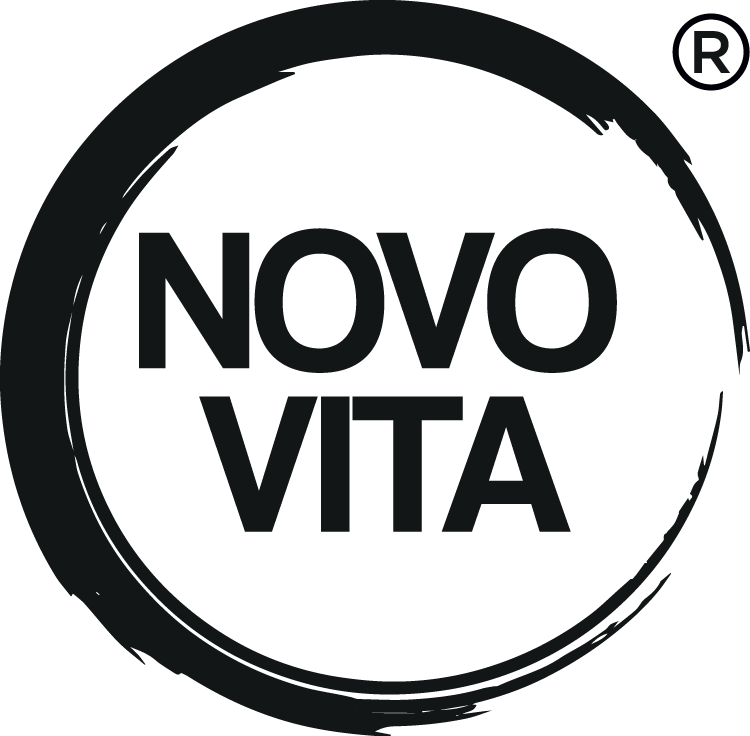Spring has nearly arrived, so soon we will enjoy long-forgotten sunshine and warm weather. As well as brightening our moods with warm sun rays, longer spring days enable us to get an optimal amount of Vitamin D, which the body produces when skin gets exposed to sunlight.
Health professionals recommend ensuring an optimal intake of vitamin D through food sources or dietary supplements, specifically between the end of September and late March/April when the exposure to the sunlight significantly reduces. It has been scientifically proven that there are substantial seasonal variations in vitamin D status during the spring and autumn months, highlighting the importance of consuming a sufficient amount of vitamin D either in supplement form or foods. Therefore, it is still important to keep your Vitamin D status topped until the weather gets more stable and allow us to get natural vitamin D from the sunlight. This is especially important for people who live in Nordic countries and those from higher latitudes due to their limited exposure to the sun.
Having sufficient vitamin D levels has been shown to help prevent the development of rickets in children, a condition in which bones become soft, weak, and deformed. In young teens, adults and older adults, vitamin D contribute to reduced risks of developing osteomalacia and osteoporosis, two different conditions, but both result in weakened, brittle bones that are susceptible to fracture. This condition, however, can also be attributed to low calcium/phosphorus intake and poor calcium/phosphorus intestinal absorption and distribution in the bones, which is associated with low Vitamin D concentrations.
(*Both calcium and phosphorus are actively absorbed from the small intestine in the presence of vitamin D).
Vitamin D also contributes to the maintenance of normal blood calcium levels, maintenance of normal muscle and immune system function.
How do we get vitamin D?
Vitamin D is a fat-soluble vitamin meaning that it's fat-dependant, and is best absorbed when consumed with fat-containing foods. Vitamin D supplements come in various forms, such as tablets, liquids, oral drops, sprays. During cold months, when the majority of people are staying indoors, taking a Vitamin D supplement can be a convenient way to ensure an optimal intake of vitamin D.The recommended daily intake for vitamin D is 5 μg or 200 IU for children and adults (according to Danish Fødevarestyrelsen). However, older people of age 70 and over are at higher risk of vitamin D deficiency and musculoskeletal disorders therefore the RDI for them can be higher than 800IU a day.
There are two forms of vitamin D that can be found in foods, dietary supplements or synthesised in the skin from UV light.
-D2 (ergocalciferol) is mainly found in plant sources
-D3 (cholecalciferol) in animal-derived foods and also synthesised in the skin from UVB rays.
Although both forms can increase vitamin D levels in your blood, the D3 form is tended to raise blood concentrations of the vitamin D more and sustain those levels for a longer period than the D2 form.
Food sources rich in vitamin D include oily fish, such as salmon, tuna, mackerel, mushrooms (champignons), eggs (egg yolks) and vitamin D fortified foods such as cow's milk or dairy alternatives.
Because vitamin D can be stored in the body, consuming just 2 portions of oily fish per week would supply us all of the vitamin D our body needs.
How to get enough vitamin D?
- The most effective way to get vitamin D is to spend 15-20 minutes in the sun each day (during the period of the late spring, summer, and early fall). You don't even need to get the exposed whole body to the sun. It is enough just to get your unprotected arms exposed to the sun.
- Aim to consume two servings of fatty fish each week
- For those who follow a plant-based diet or don't eat fish, aim to drink about 3 cups of vitamin D fortified milk (cow, almond, soy, or other)
- Take vitamin-D supplements to complement your diet
Follow these simple recommendations to maintain sufficient vitamin D levels needed to meet your nutritional needs, to support optimal health and wellbeing!
* Please speak with your healthcare provider before consuming more than the recommended daily allowance.
Novo Vita Vegan D +
Vegan D + contains a high dose of Vitamin D in a vegan form derived from lichen, a 100% vegan ingredient, a combination of algae, fungi, and cyanobacteria and a natural source of Vitamin D3 and powdered MTC oil, which increases the absorption of vitamin D in the body.

Find this product here: https://novovita.dk/products/vegan-d-plus?_pos=2&_psq=vegan&_ss=e&_v=1.0
References:
https://www.ncbi.nlm.nih.gov/pmc/articles/PMC3356951/

